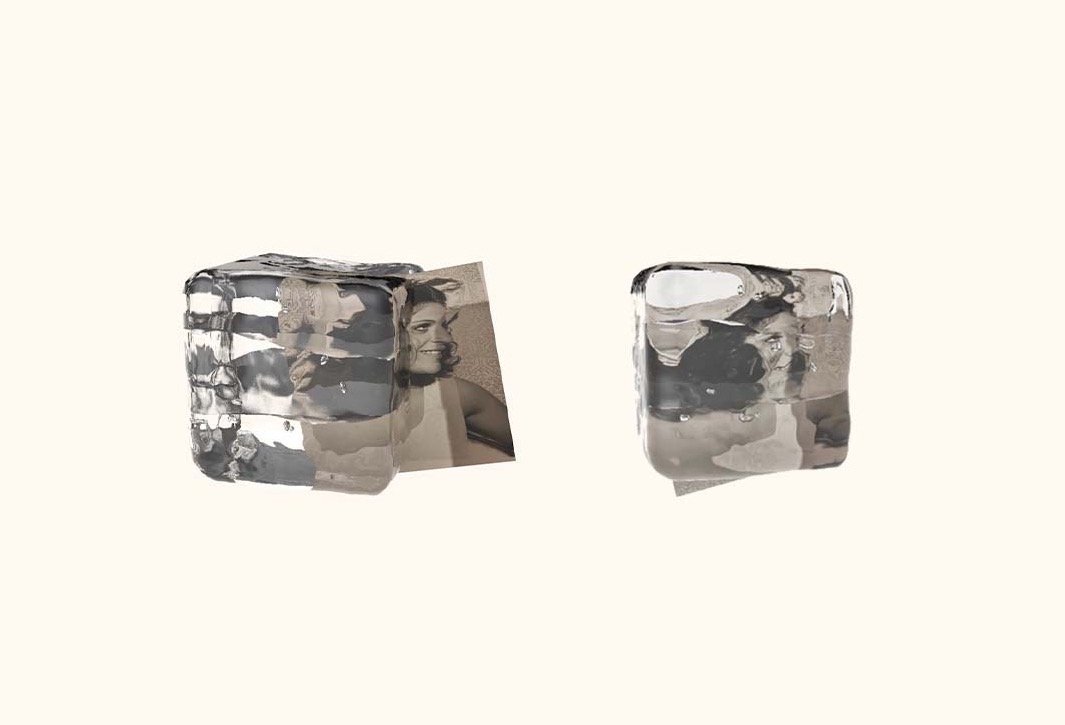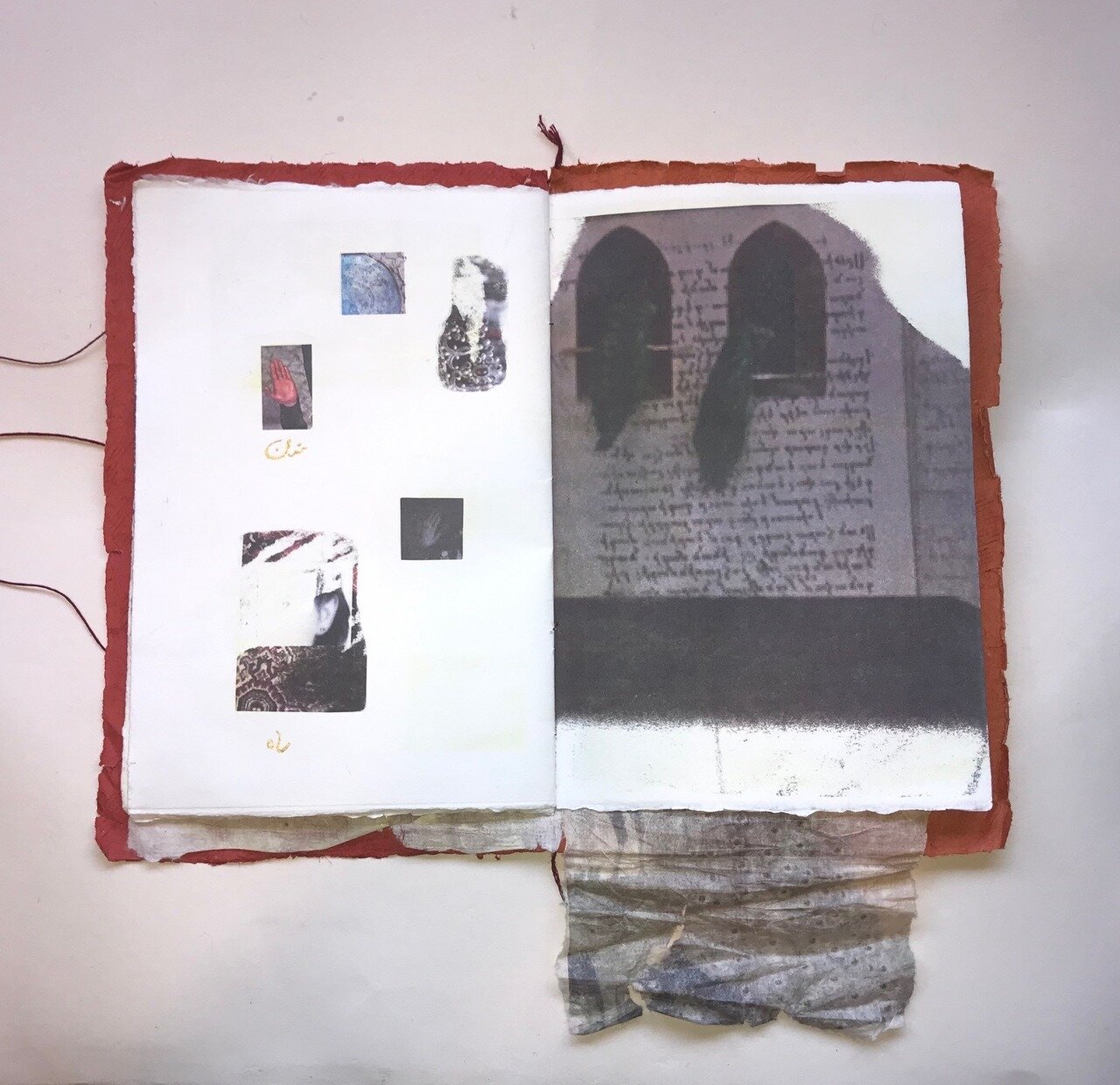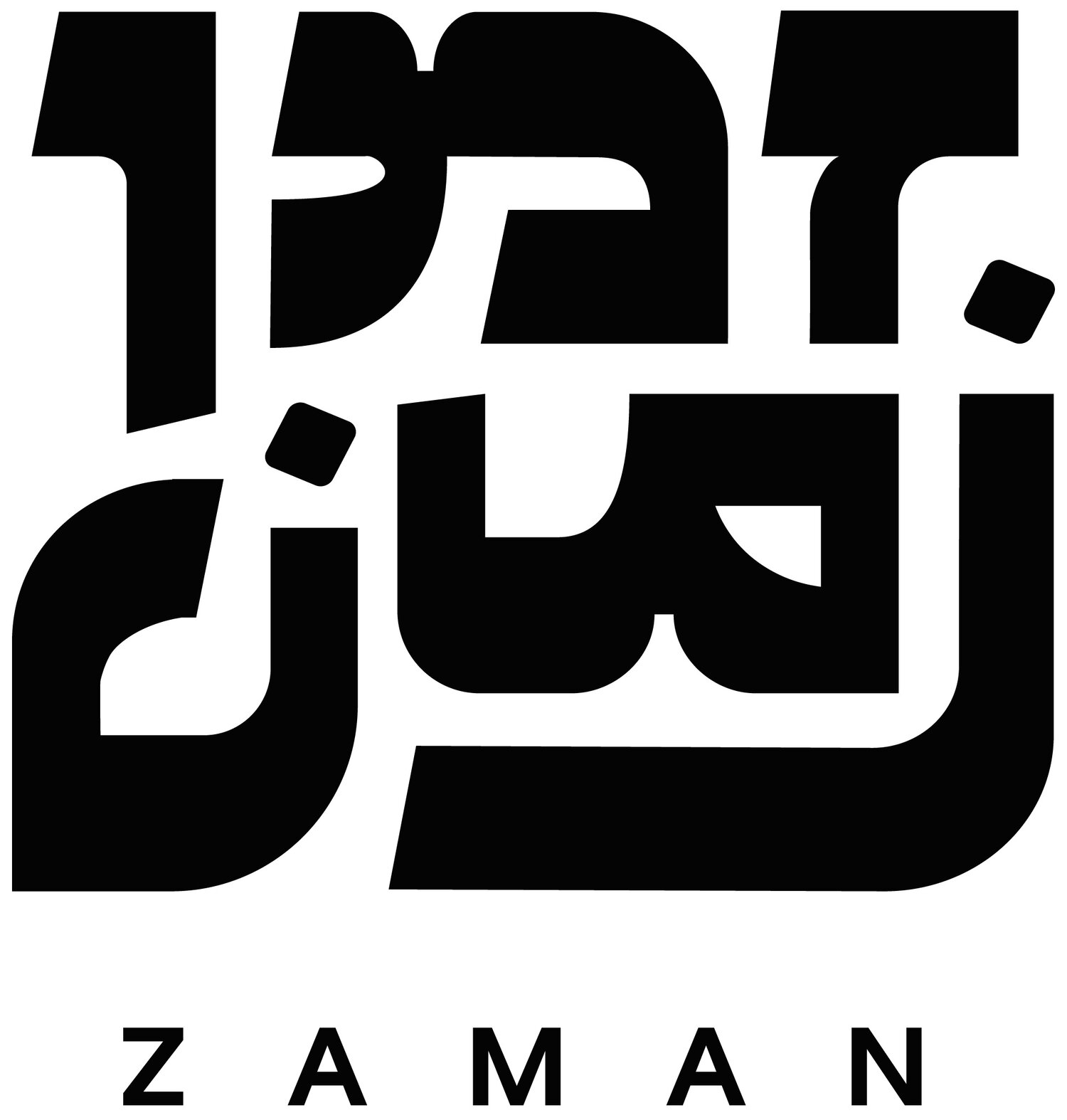
Rendered in Ice
Banafsheha digitally manipulates a series of photos sent to her by her grandmother, toying with physical and impalpable notions of preservation in a tenderly awkward fight against time.

Babylon of the Tropics
This series of artworks was influenced by my family’s history, which unfolds between the Ottoman Empire, the Spanish Empire, and the Republic of Brazil. My mother’s side of the family settled in Brazil after fleeing the Spanish Inquisition as marranos – Sephardim who moved through public society as Christians, yet secretly practiced Judaism in the privacy of their homes. My father’s side of the family came from Ottoman Syria in the wake of the Assyrian Genocide, and from Egypt after WWI.

Houndstooth
A series of embroidery works depicting bodies, some whole and some fragmented. They are surrounded by a hand-woven pattern, recalling the shapes, colors and processes of traditionally woven textiles in a small, intimate format. The bodies are androgynous, comfortably and vulnerably in a state of in-between-ness, inviting a gaze to view them as they are.

Hamdam / همدم
Hamdam, meaning “of the same breath.” The triptych of screenprints pays tribute to a deep sisterhood. Two figures stand side by side in black gowns, twin expressions on their faces. Their overlapping hands are linked and joined as if belonging to only one person. Likewise, the figures’ heads and bodies merge as one, reflecting the depth of their bond. In the center panel, a rose makes reference to the Persian funerary rites of dousing graves in rosewater.

Tavoos / طاووس
Tavoos is a collection of fragments. A sentimental relic of cultural images, both real and imagined, both in America and in Iran. Nostalgia for a place that I have never seen, yet know and remember deeply. Family photos, film stills, and symbolic imagery, hand transferred using a printing press, layered with Farsi phrases that endure in my memory, sewn together with silk thread.

1986
There were no portraits of pedestrians shrouded in light, no Israeli street scenes- only brooding, simple, intense images of household objects against pitch black backgrounds. There were bags of fresh herbs, plates of half-eaten tokhmemorgh shabbati, and CDs with Persian titles written on them in Sharpie, captured in rich detail yet simultaneously pervaded with a sense of otherworldly abstraction. The objects existed as isolated, timeless forms seemingly removed from any natural setting.
